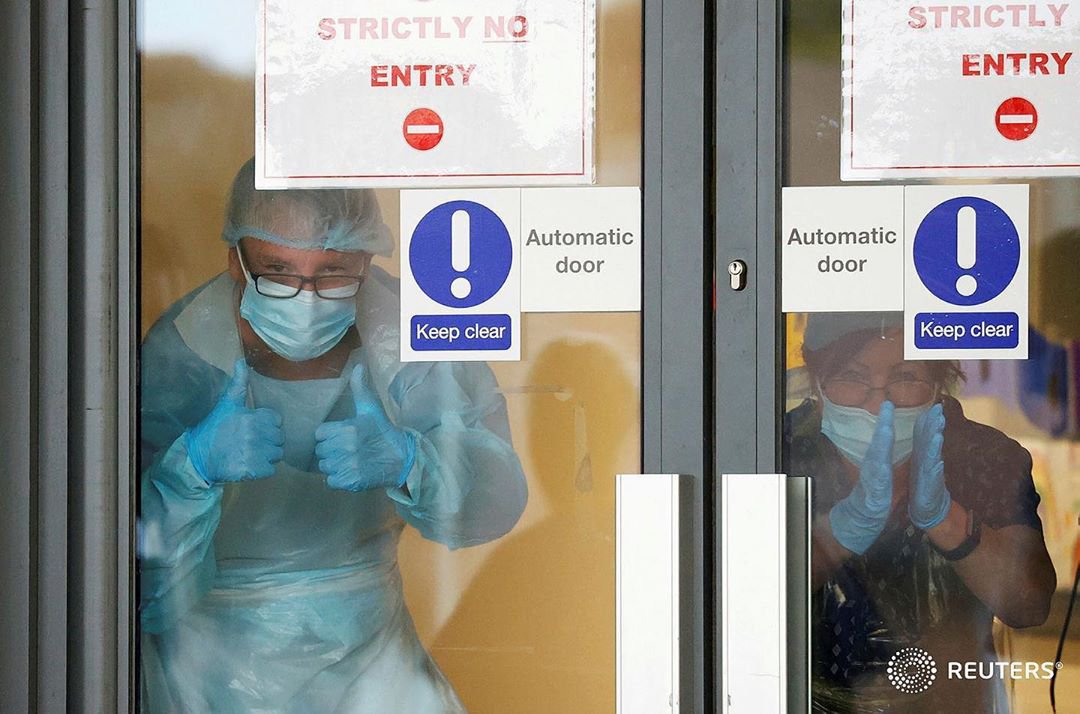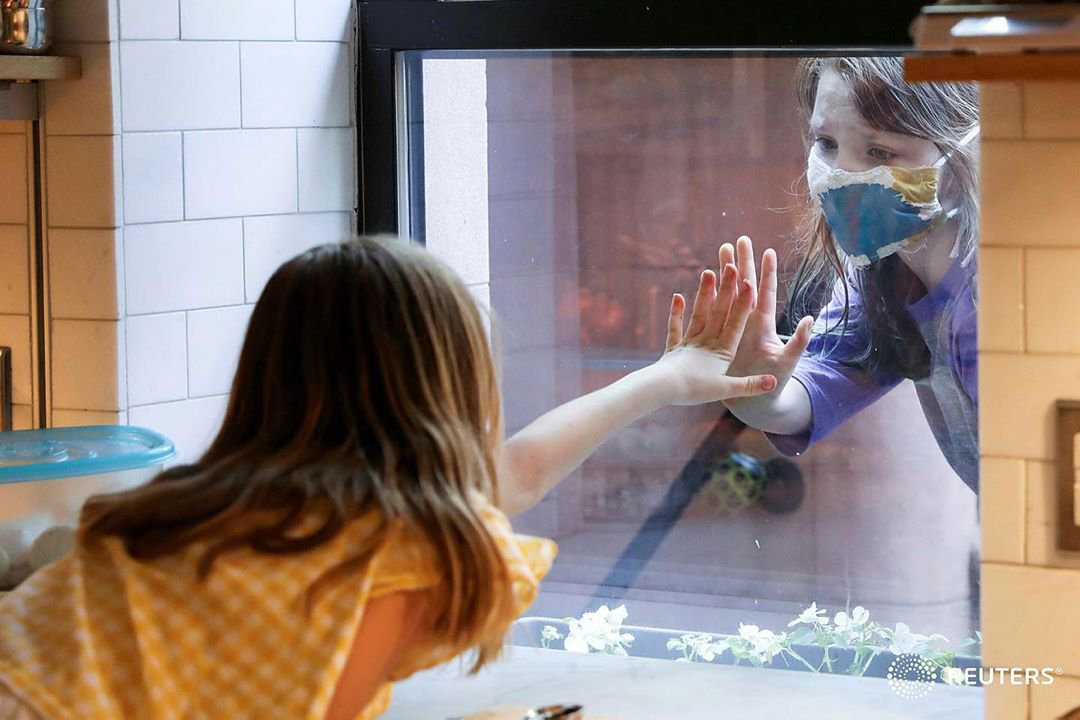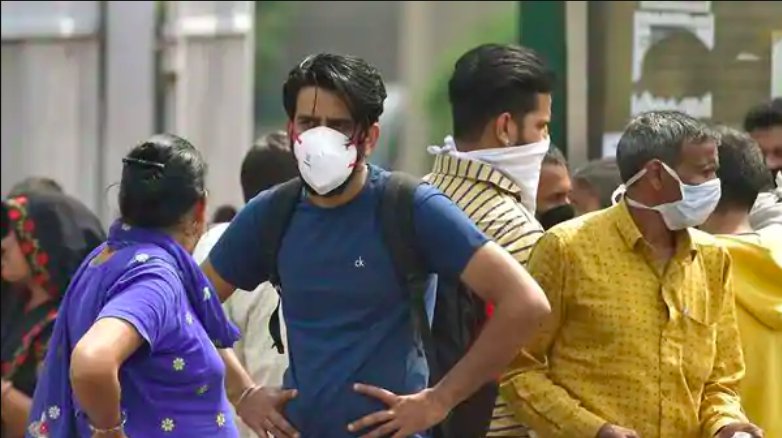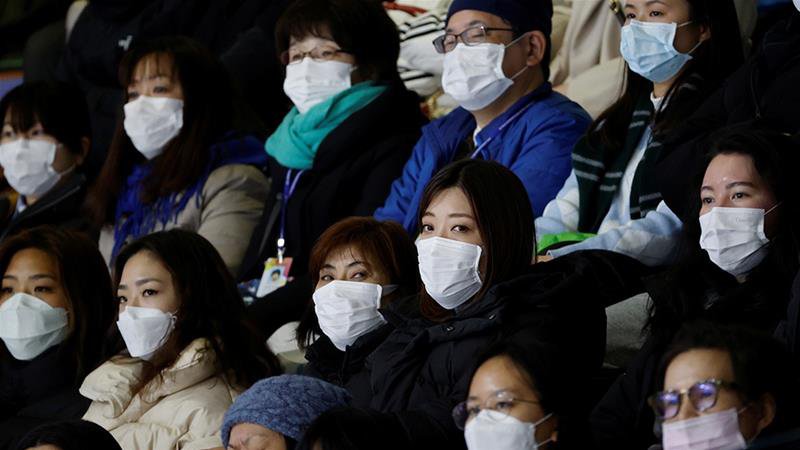Recently, the World Health Organisation stated that the spread of COVID-19 may be airborne. This statement has come as a shock to many, but the mounting evidence in favour of this conclusion cannot be ignored.

For now, we were advised to keep a distance of 1.5 metres because we knew that the virus spreads via large droplets. These large droplets fall on the floor due to gravity, which is why we clean surfaces and wash our hands. This, however, has changed.
An official told BBC that airborne transmission could not be ruled out in crowded, closed or poorly ventilated settings.

But what is airborne transmission?
To break it down, airborne transmission refers to the ability of the virus to stay in air via droplets small enough to be suspended, instead of falling to the ground. These droplets are generally smaller than 5 micro metres in size and are called aerosols. They can be transmitted via talking, stay suspended in air and can travel further.

What happens if the virus is confirmed to be airborne?
– If airborne, then the virus can be transmitted without any close contact.

However, the WHO has cautioned that this evidence is only preliminary and further assessment will take place. According to their statement on 7 July, WHO said that it will issue new guidelines about transmission in settings with close contact and poor ventilation once the research is complete.

















